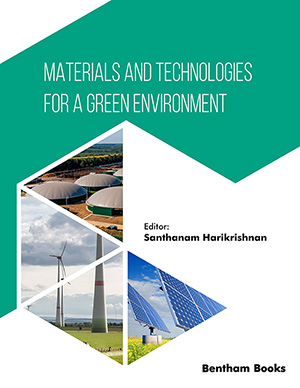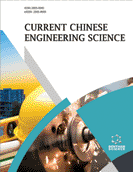Abstract
The current scenario in the field of aviation is focused on hypersonic-speed
vehicles. To achieve the required performance, engines have to be designed in such a
way that their outcome should be maximum. Nowadays high-speed performance
engines have utilized a type of air-breathing engine amongst which, the scramjet is
found appropriate. However, the engine can only perform under atmospheric area
because the supersonic combustion ramjet engine utilizes the atmospheric air as an
oxidizer. Nonetheless, engines do not comprise any rotating or moving parts. So, to
complete the mixing and chemical kinetics, engine geometry has special dimensions.
The present chapter is focused on a rigorous review of the geometrical modification of
the combustor and fuel injector. The impact of mixed fuel, different types of working
fuels, and variable inflow conditions have been explored to uncover the beneficial
effects on scramjet combustion performance. Since numerous authors have explored
different aspects of the ongoing challenges in scramjet hence a summary has been
drawn to acquire a suitable model for future work.
Keywords: Combustion Characteristics, Fuel Injection Strategy, Geometrical Modification, Inflow Conditions, Supplementary Fuels.






















